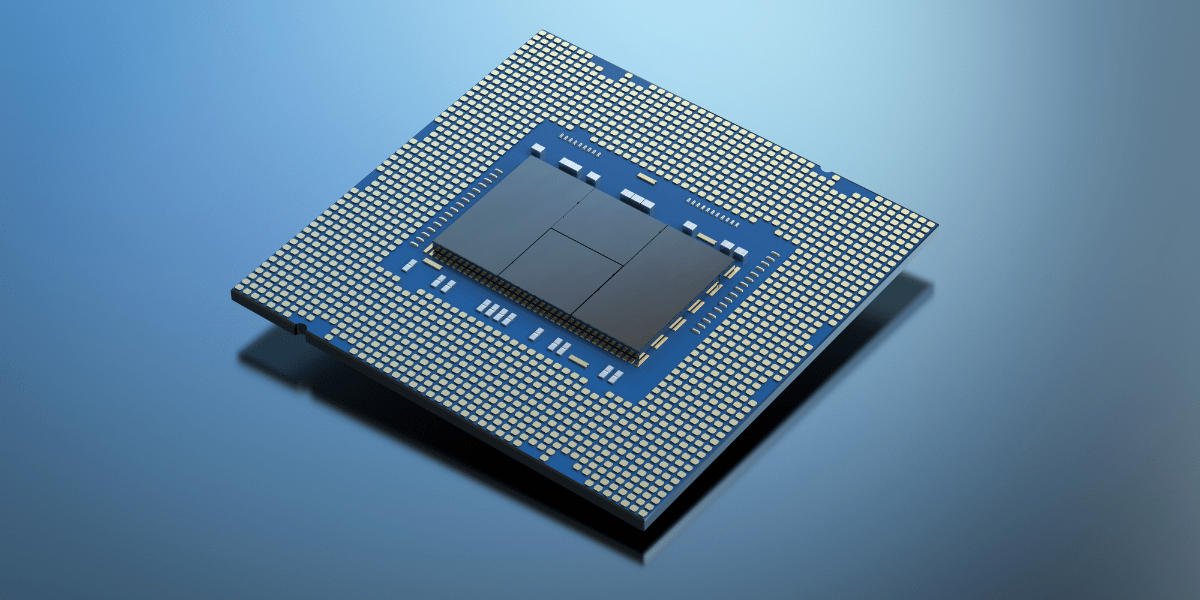3 Common Types of Evaporation Sources
Evaporation sources are components used in the process of physical vapor deposition (PVD), a technique used to deposit thin films of material onto a substrate. These sources can be made from a variety of different materials: from sheet to filament, to molybdenum, tantalum, and tungsten.
Standard boat sources, which are resistive heating elements that hold material, encompass a large selection of evaporation sources. However, there are many other types of evaporation sources that see use in industry and research.
Here’s an overview of three commonly used sources:
1. Tungsten Evaporation Baskets
Tungsten evaporation baskets consist of a basket-shaped container made of tungsten wire, which is heated to a high temperature through resistive heating. As a material, tungsten is an ideal for evaporation baskets because it has a high melting point (3422°C), a low vapor pressure and is relatively inert in a vacuum environment.
The basket shape of the tungsten evaporation source allows for the material to be evenly distributed when evaporating, which helps to ensure a uniform deposition onto the substrate.
2. Point Source Filaments
Point source filaments evaporate the material from a small point on the filament, hence resulting in a highly directional vapor flow that can be used to deposit material in a precise and controlled manner. This is particularly useful for applications where a high degree of accuracy is required, such as the production of micro-electronic devices or optical components.
Overall, point source filaments are a useful tool for vacuum deposition processes that require a high degree of precision and control. They are commonly used in the production of a wide range of products, including semiconductors, optical coatings and thin films for scientific research.
3. Alumina Coated Evaporation Sources
Alumina-coated sources are covered with a ceramic layer, which were created to replace alumina crucibles for certain applications. This alumina (Al2O3) coating provides several benefits to the evaporation source — it offers a protective layer that helps to prevent the crucible material from reacting with the material being deposited.
Both boat sources and filament sources can be coated with alumina. Notably, the alumina coating on a basket (RDM-WBAO) forms what is essentially an internal heated crucible. With the tungsten filament embedded between the alumina, it provides an effective way to evaporate corrosive materials such as gold.
The alumina also provides good thermal insulation properties, which help to maintain a stable temperature in the crucible during the deposition process, along with a smooth surface which helps to promote uniform deposition of the material being deposited.
RD Mathis’ Evaporation Sources
RD Mathis Company specializes in the design, manufacturing and distribution of high-quality vacuum components and thin film deposition equipment. We also provide custom design and manufacturing services to meet specific customer requirements, along with technical support and consulting services to help customers optimize their vacuum processes and achieve their goals.
Contact us for more information or view all of our evaporation sources.



